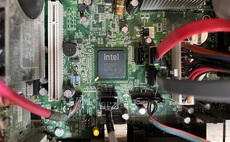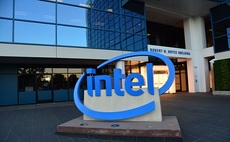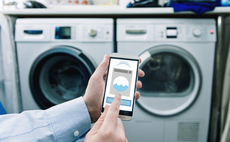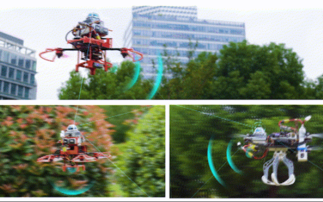The Internet of Things will takeoff in business, not in the consumer sector, as organisations use it to improve service and lower costs, says Intel's Ton Steenman
The so-called Internet of Things - the vision whereby virtually every electronic device is connected to the internet - is not about internet-connected refrigerators or remote-controlled heating sys...
To continue reading this article...
Join Computing
- Unlimited access to real-time news, analysis and opinion from the technology industry
- Receive important and breaking news in our daily newsletter
- Be the first to hear about our events and awards programmes
- Join live member only interviews with IT leaders at the ‘IT Lounge’; your chance to ask your burning tech questions and have them answered
- Access to the Computing Delta hub providing market intelligence and research
- Receive our members-only newsletter with exclusive opinion pieces from senior IT Leaders




















